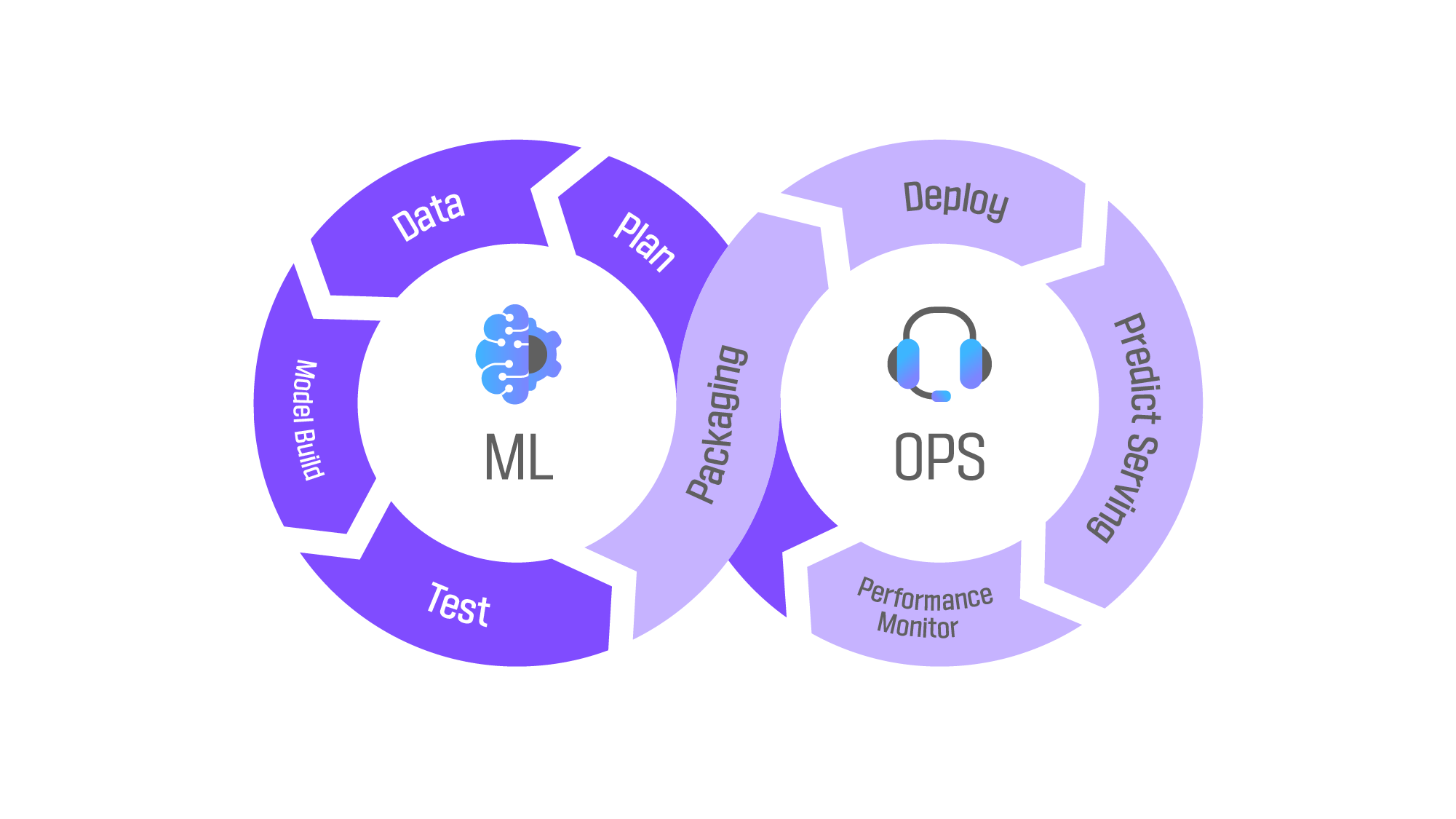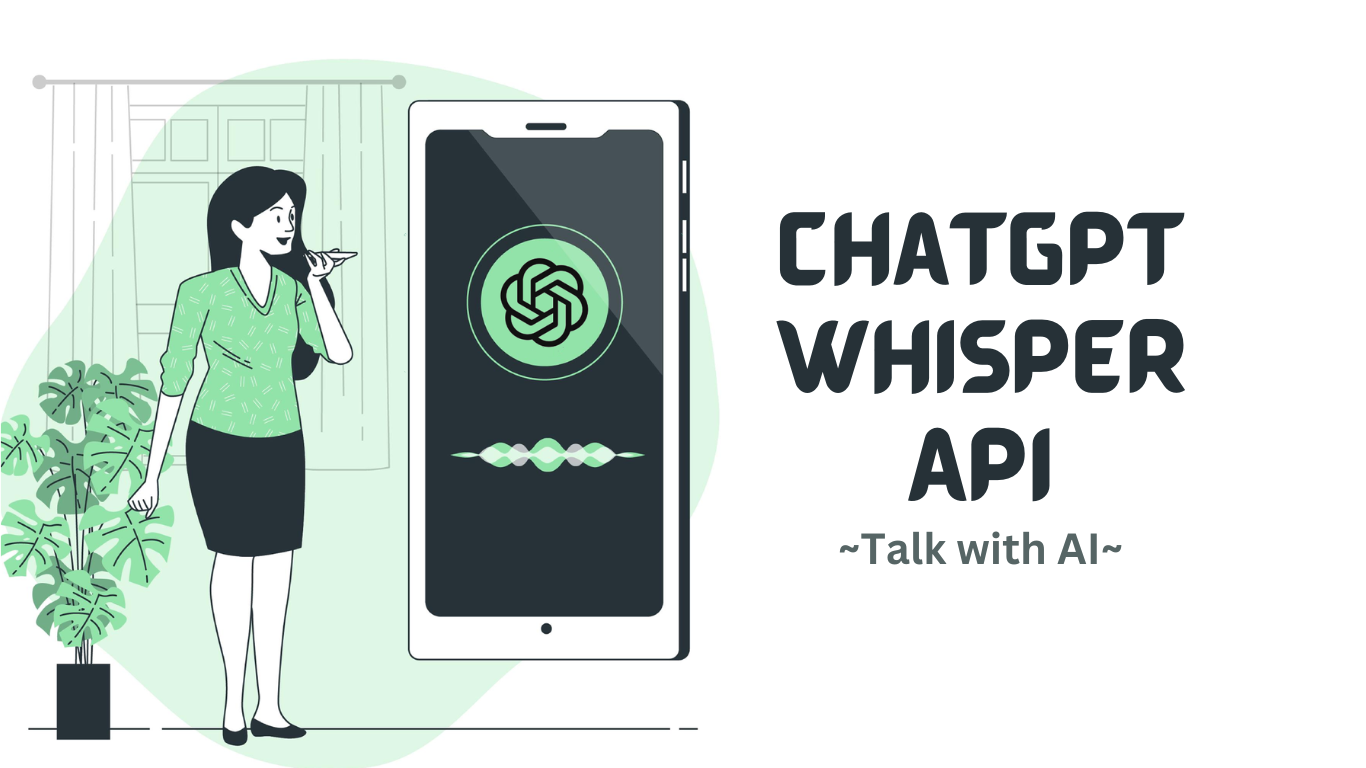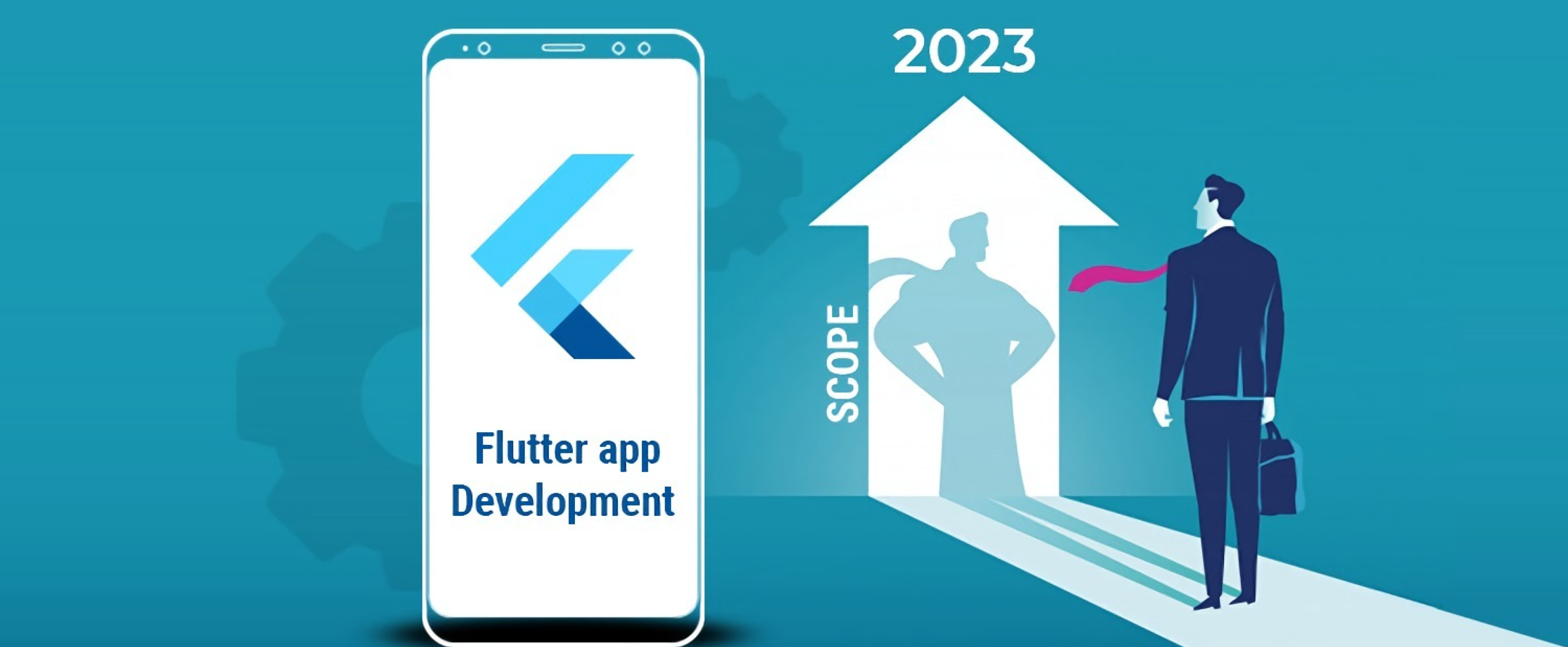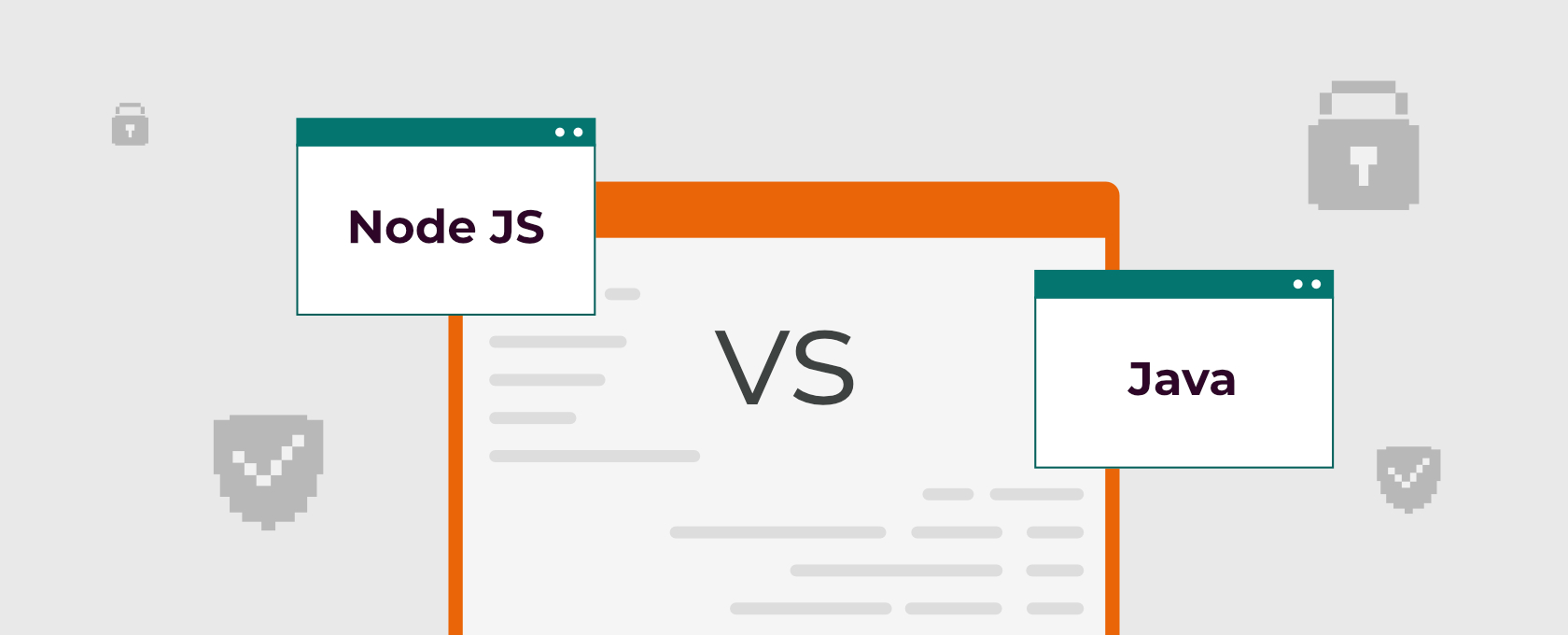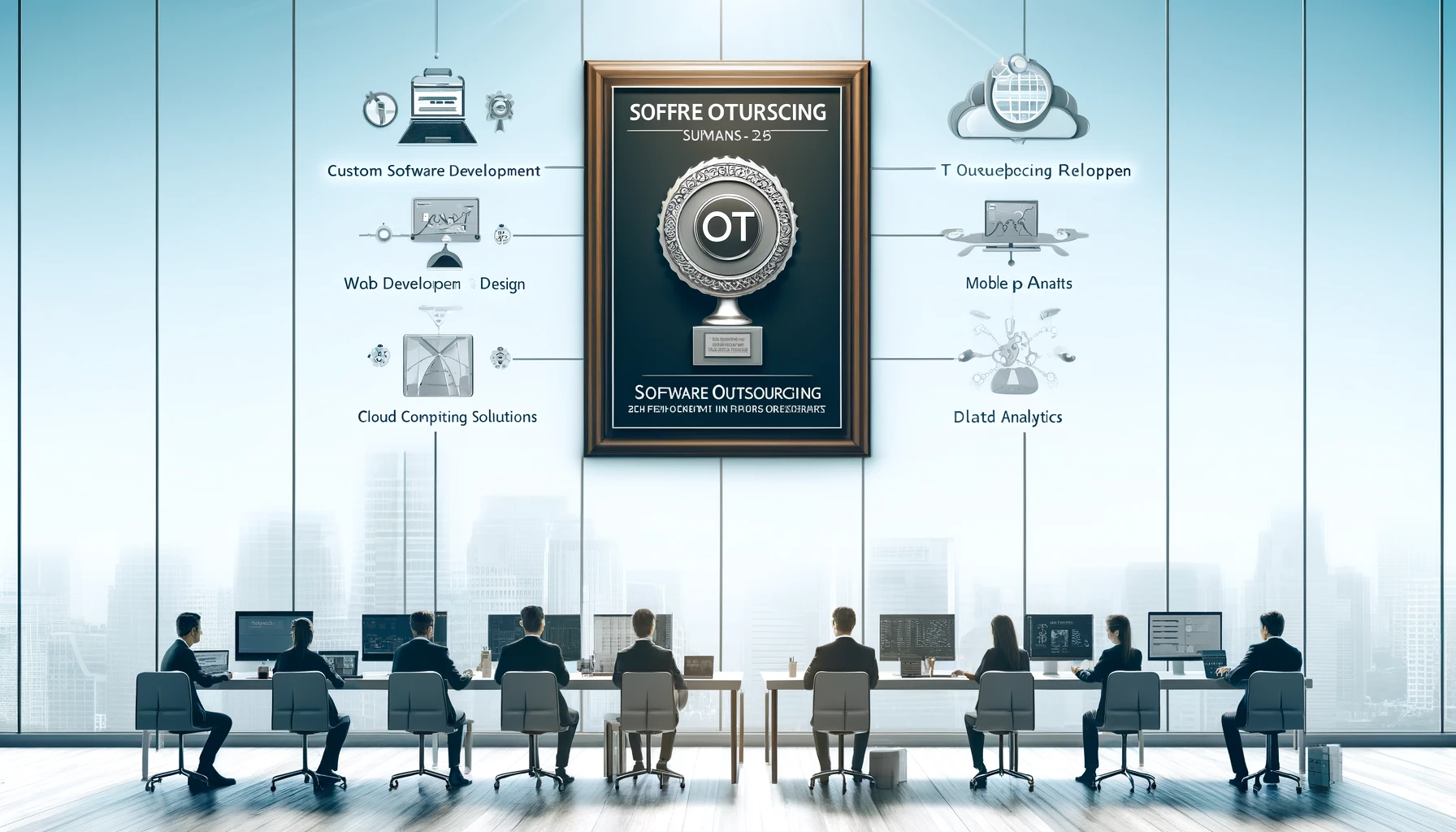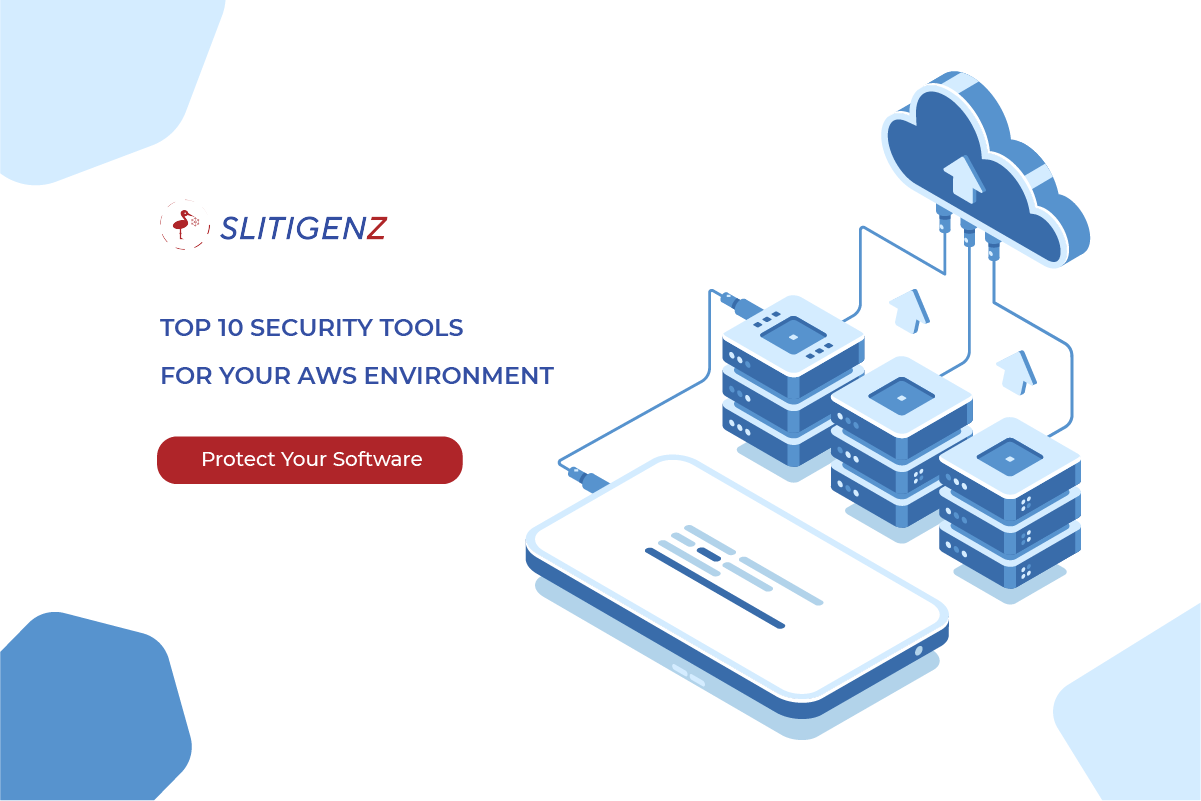2022 sparked the AI revolution, 2023 saw it infiltrate the business world, and now, in 2024, we’re at the brink of something huge! It’s the year where AI isn’t just a buzzword; it’s becoming the backbone of our daily lives.
Think of it like this: AI’s journey is akin to the evolution of computers, but on steroids! From those massive mainframes controlled by a select few, we’ve shrunk it down to something even your grandma can use. And just like how we went from room-sized machines to sleek laptops, generative AI is following suit.
We’re in the ‘hobbyist’ phase now. Thanks to game-changers like Meta’s LlaMa family and others like StableLM and Falcon, the AI scene is blowing up! These models aren’t just for the big shots; they’re open for anyone to tinker with. And guess what? They’re getting better and better, sometimes even outperforming the big proprietary ones!
But here’s the real kicker: while everyone’s focused on how smart these models are getting, the real game-changers are those working on making AI trustworthy and accessible for everyone. We’re talking about better governance, smoother training techniques, and pipelines that make using AI a breeze. Because let’s face it, what good is AI if nobody can trust it?
Here are three important AI trends to keep an eye on in 2024.
Small language models
Picture this: small language models are like the bite-sized snacks of the AI world. They might not have all the bells and whistles of their bigger siblings, but they still pack a punch!
These compact models are perfect for situations where speed is key or resources are limited. Imagine having a mini AI buddy right on your smartphone, helping you out without needing to rely on big, bulky servers in the cloud.
Plus, small language models are like the LEGO bricks of AI. They’re the building blocks that researchers use to create bigger, more powerful models. It’s like starting with a small prototype and then scaling it up to superhero size!
Even though they’re small, these models are mighty. From powering chatbots to summarizing text, they’re making waves in all sorts of cool applications. And as AI technology keeps evolving, these little dynamos are leading the charge, making AI more accessible and exciting for everyone!
Multimodal AI
Buckle up, because we’re diving into the world of Multimodal AI, and let me tell you, it’s like mixing up your favorite tunes with the coolest TikTok videos and a dash of Instagram filters—all rolled into one epic AI party!
Picture this: you’re chatting with your AI buddy, and instead of just typing messages, you’re sending selfies, voice memos, and maybe even a funky GIF or two. Multimodal AI isn’t just about words; it’s about bringing all your senses into the conversation.
But hold on, it gets even cooler! Imagine scrolling through your feed, and instead of just seeing pics, you’re hearing descriptions or reading AI-generated captions that totally capture the vibe. Multimodal AI isn’t just about what you see—it’s about painting a whole picture, from every angle.
Whether it’s making content more accessible, turning your phone into a creative powerhouse, or revolutionizing how you interact with technology, Multimodal AI is like the ultimate remix, taking the best of everything and blending it into something totally fresh and exciting. So get ready to level up your AI game, because the future? It’s looking pretty epic.
AI in science
Let’s talk AI in science—it’s like having a genius buddy who’s always up for an adventure, ready to tackle the toughest challenges and uncover mind-blowing discoveries!
Imagine scientists diving into oceans of data, looking for clues to solve mysteries like disease outbreaks or the secrets of the cosmos. But instead of drowning in information overload, they’ve got AI by their side, turbocharging their brains and helping them make sense of it all in record time.
But here’s where it gets really cool: AI isn’t just for the big leagues. It’s like a DIY science kit, empowering curious minds everywhere to join the quest for knowledge. Whether you’re a high schooler in your garage lab or a researcher at a top university, AI levels the playing field and opens doors to endless possibilities.
So get ready to revolutionize science, because with AI on our team, there’s no limit to what we can discover. From decoding the human genome to exploring distant galaxies, the future of science is looking brighter—and more innovative—than ever!


